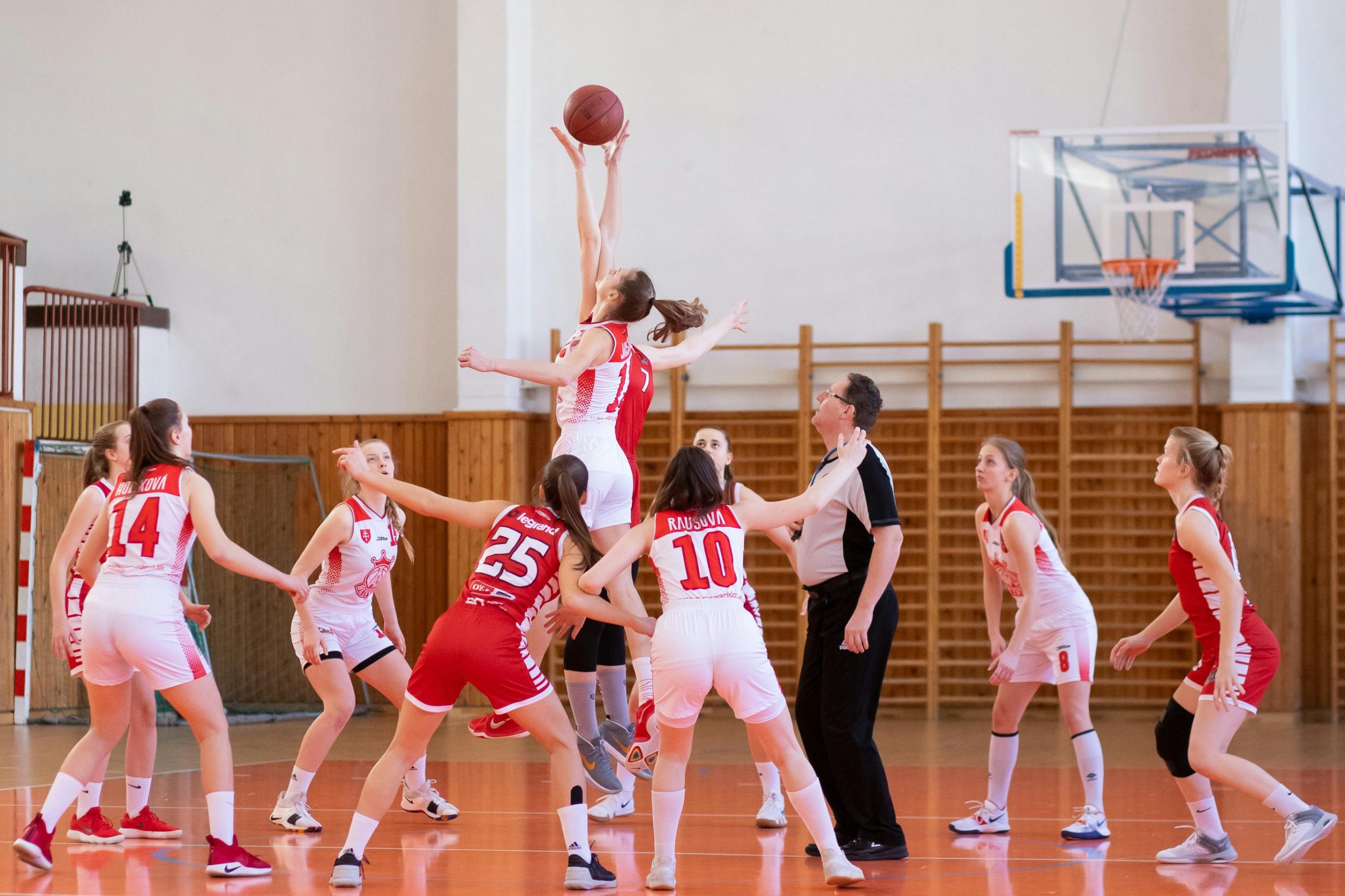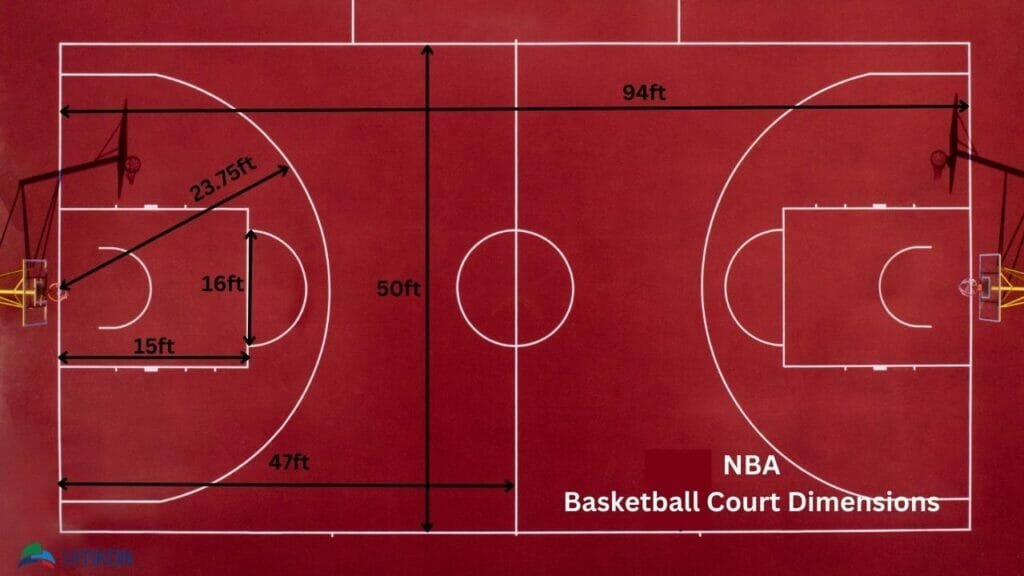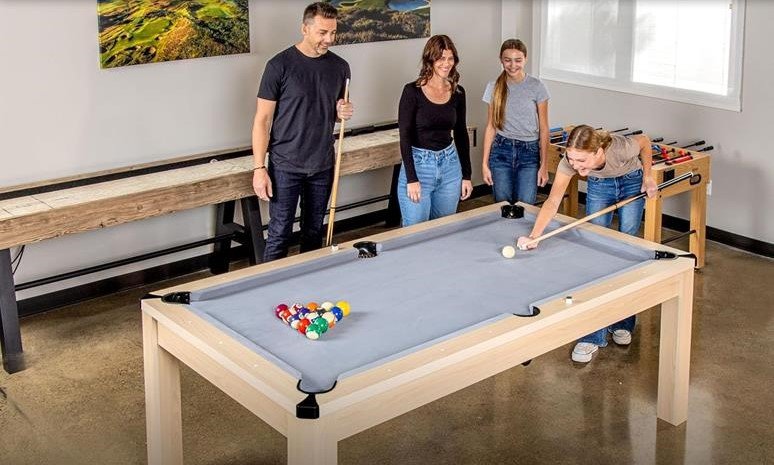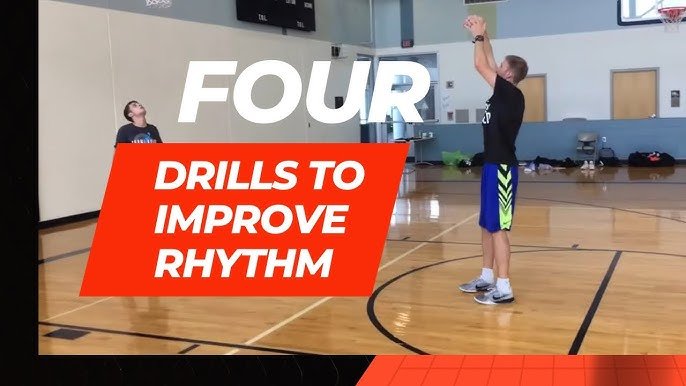Have you ever wondered how long a basketball game really lasts? Whether you’re planning to watch your first live game or just curious about the sport, knowing the exact length can help you fit the excitement into your day.
But it’s not just about the clock ticking—there’s more to the game’s timing that might surprise you. Keep reading, and you’ll discover everything you need to know about how long a basketball game lasts, including the factors that can make it feel shorter or longer than you expect.
Your next game experience will never be the same!

Basketball Game Length Basics
Basketball games have different lengths depending on the league and rules. Knowing how long a game lasts helps fans and players plan their time.
The total time of a basketball game includes quarters or halves and any extra periods if the score is tied. Let’s look at the details.
Standard Game Duration
Most basketball games are split into four parts called quarters. Each quarter usually lasts a set number of minutes.
In many leagues, a standard game lasts 48 minutes of playing time. This does not count breaks or timeouts.
- Four quarters
- Each quarter is 12 minutes long
- Total game time is 48 minutes
- Plus breaks and timeouts
Differences In Leagues
Different leagues use different game lengths. Some play with quarters, others with halves.
Here are some examples of game lengths in popular basketball leagues.
| League | Game Length | Structure |
|---|---|---|
| NBA | 48 minutes | 4 quarters of 12 minutes |
| FIBA (International) | 40 minutes | 4 quarters of 10 minutes |
| NCAA (College) | 40 minutes | 2 halves of 20 minutes |
| High School | 32 minutes | 4 quarters of 8 minutes |
Overtime Periods
If the score is tied at the end of regular time, the game goes into overtime. Overtime gives teams more chances to win.
Overtime periods are shorter than regular quarters and last until a winner is decided or time ends.
- NBA overtime is 5 minutes
- FIBA overtime is 5 minutes
- NCAA overtime is 5 minutes
- Overtime repeats if the score stays tied

Factors Affecting Game Length
Basketball game length can vary depending on many factors. These factors can add extra time beyond the scheduled periods.
Understanding these elements helps explain why some games last longer than others.
Timeouts And Breaks
Timeouts stop the clock and allow teams to rest or plan plays. They add minutes to the total game time.
- Coaches call timeouts to talk with players.
- Teams get a set number of timeouts per game.
- There are also mandatory breaks between quarters.
- Halftime provides a longer rest period.
Fouls And Free Throws
Fouls stop the game and lead to free throws or possession changes. This interrupts the flow and extends the game time.
| Type of Foul | Effect on Game Length |
| Personal Foul | Stops clock, free throws may follow |
| Technical Foul | Free throws and possession change |
| Flagrant Foul | Longer stoppage and possible review |
Video Reviews And Delays
Officials use video reviews to check close calls. These reviews pause the game and add extra time.
- Determining if a shot was made before the buzzer
- Checking if a foul occurred
- Confirming out-of-bounds plays
- Verifying flagrant fouls or technical fouls
Variations By Level Of Play
Basketball games last different amounts of time depending on the level. The rules and game clock vary. Knowing these differences helps understand the sport better.
Below are the main time rules for high school, college, and professional basketball games.
High School Games
High school basketball games usually have shorter periods. The game time is split into quarters or halves depending on the state or league.
- Four quarters, each 8 minutes long
- Some states use two halves, each 16 minutes
- Clock stops on fouls and out-of-bounds plays
- Overtime periods are usually 4 minutes
College Basketball
College games have slightly longer periods than high school. The NCAA changed the format for men’s basketball recently.
| Level | Periods | Length of Each |
| Men’s College | 2 halves | 20 minutes each |
| Women’s College | 4 quarters | 10 minutes each |
| Overtime | Both | 5 minutes |
Professional Leagues
Professional basketball games follow a standard format worldwide. The NBA is the most well-known league with specific timing rules.
- Four quarters, each 12 minutes long
- Clock stops on fouls, timeouts, and out-of-bounds
- Overtime periods last 5 minutes
- FIBA rules have four 10-minute quarters

Impact Of Game Pace
The pace of a basketball game affects how long it lasts. Faster games usually have more action and scoring.
Slower games focus on defense and control. This can change the total time a game takes.
Fast-paced Vs. Slow-paced Games
Fast-paced games have quick shots and fast breaks. Teams try to score before the defense sets up.
Slow-paced games have more set plays and longer possession times. Teams work to find the best shot.
- Fast-paced games have more fouls and timeouts due to quick actions.
- Slow-paced games have fewer possessions but longer plays.
- Players in fast games get tired faster because of constant movement.
Effect On Total Duration
Fast-paced games often take longer because of more stoppages for fouls and timeouts.
Slow-paced games may finish quicker since there are fewer breaks and less rushing.
- More fouls and free throws increase game length in fast games.
- Slow games have longer possessions but fewer interruptions.
- Game duration can vary even with the same quarter lengths.
How To Watch Games Efficiently
Basketball games can last a long time. Watching full games takes patience and time. There are ways to enjoy games without sitting through all the minutes.
Choosing how to watch depends on your schedule and what you want from the experience. You can watch live or catch up later with highlights.
Live Vs. Recorded Viewing
Watching a game live means seeing everything as it happens. This can be exciting but takes the full game time. Recorded games let you watch anytime. You can pause and rewind to catch important moments.
- Live viewing offers real-time excitement.
- Recorded games allow flexible timing.
- Replays help you focus on key plays.
- Live games may have commercials that slow the action.
- Recorded games let you skip ads and breaks.
Using Highlights And Recaps
Highlights show the best moments in a short time. Recaps give a summary of the whole game. Both save time and keep you informed.
| Type | Length | What You See |
| Highlights | 5-10 minutes | Top plays and key moments |
| Recaps | 10-15 minutes | Summary of the full game |
| Full Game | 40-48 minutes | Every play and moment |
Frequently Asked Questions
How Long Is A Professional Basketball Game?
A professional basketball game lasts 48 minutes, divided into four 12-minute quarters. There are breaks between quarters and halftime, extending total game time.
What Is The Duration Of A College Basketball Game?
A college basketball game consists of two 20-minute halves. The clock stops for fouls and timeouts, making the game last about two hours.
How Long Are Basketball Overtime Periods?
Overtime in basketball lasts 5 minutes. If scores are tied after regulation, additional 5-minute periods continue until a winner emerges.
Does Nba Game Time Include Breaks And Timeouts?
No, the official 48 minutes exclude breaks and timeouts. Including these, a full NBA game typically lasts 2 to 2. 5 hours.
Conclusion
Basketball games have clear time structures. Each game has four quarters. Each quarter lasts 12 minutes in the NBA. In college, quarters last 10 minutes. Overtime adds excitement and extends the game. Timeouts and breaks can make games longer. Fans enjoy the thrilling, fast-paced action.
Knowing the length helps plan your viewing. Whether a fan or new to the sport, understanding game duration enhances the experience. So, get ready for excitement and cheer for your favorite team. Enjoy the game!


